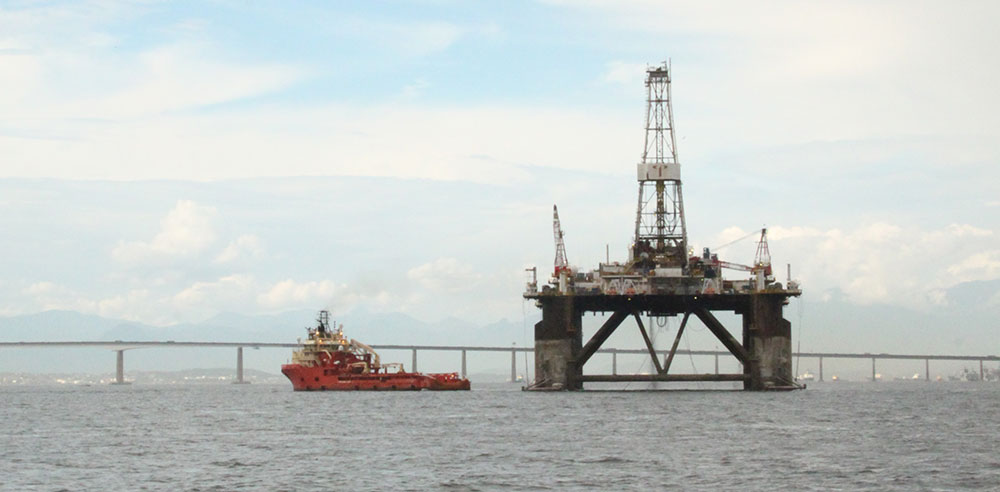Circuit Split Resoved in Favor of “Substantial Nexus”
In January 2012, the U.S. Supreme Court resolved a circuit split concerning the applicable standard for coverage under the Longshore and Harbor Workers Compensation Act (LHWCA) through the Outer Continental Shelf Lands Act (OCSLA) in Pacific Operators Offshore, LLP v. Valladolid, 132 S. Ct. 680 (2012). OCSLA provides coverage for “any injury occurring as the result of [mining/drilling] operations on the outer Continental Shelf . . . .” Prior to Valladolid, the U.S. Fifth Circuit Court of Appeals required the claimant’s injury to occur on the Outer Continental Shelf (i.e. the “situs-of-injury” requirement), Mills v. Director, Office of Workers’ Compensation Programs, 877 F.2d 356 (5th Cir. 1989). In contrast, the U.S. Third Circuit Court of Appeals required that claimant’s injuries would not have occurred “but for” mining and drilling operations on the Shelf, Curtis v. Schlumberger Ofshore Service, Inc., 849 F.2d 805 (3d Cir. 1988).
In Valladolid, the U.S. Supreme Court rejected the Fifth Circuit’s situs-of-injury requirement, holding that “[t]he language of § 1333(b) simply does not support a categorical exclusion of injuries that occur beyond the OCS.” Although the Court agreed that OCSLA contains a causation requirement, it eschewed the Fifth Circuit’s “but for” test in favor of the Ninth Circuit’s “substantial-nexus” test. The Court explained that this substantial-nexus test “require[s] the injured employee to establish a significant causal link between the injury that he suffered and his employer’s on-OCS operations conducted for the purpose of extracting natural resources from the OCS.” The Court’s majority admitted that this new test “may not be the easiest to administer.” Likewise, in a dissent, Justice Scalia described the term “substantial nexus” as “an indeterminate phrase that lacks all pedigree.” However, the Court explained in dicta that employees injured while performing tasks on the Shelf will “regularly satisfy the test.”
Questions Remain About Application
The remaining question is how the lower courts will apply this new “substantial nexus” test to cases involving employees injured while performing off-OCS tasks. We just do not know where the courts will draw the line. For instance, with a company that dispatches workers to the outer continental shelf and performs a substantial amount of business extracting natural resources, workers in transit from the company to the shelf should be covered under Valladolid. But what about the dispatcher at the home office who burns himself with hot coffee? Will Valladolid extend the OCSLA to him as well or will he be limited to state Workers’ Compensation benefits? We just do not know yet.
Allen & Gooch is providing this legal update for informational purposes only. This article should not be construed as legal advice or a legal opinion as to any specific facts or circumstances. You should consult your own attorney concerning your particular situation and any specific legal questions you may have.



 By John H. Hughes
Partner,
Lafayette
By John H. Hughes
Partner,
Lafayette